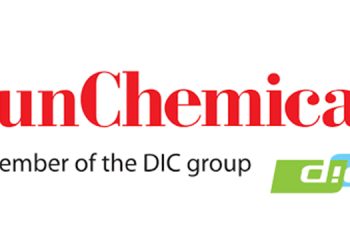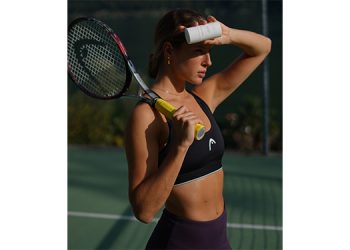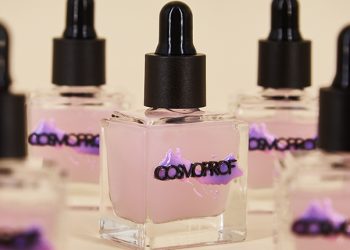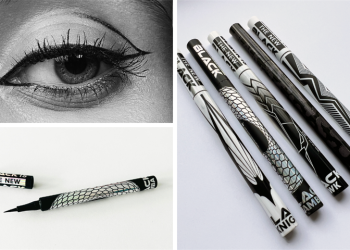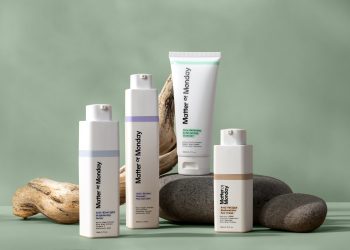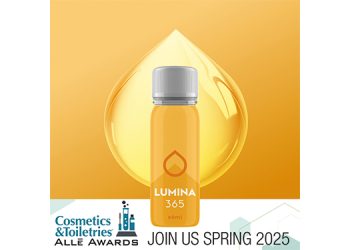Pioneering research unveils lignin nanoparticles as potent UV-blocking agents, with their chemical structure and size effects extensively altering the sun protection efficacy of cosmetics. LNPs with tailored structures outperform conventional additives, offering enhanced UV resistance and eco-friendly solutions for skincare formulations.
Lignin nanoparticles (LNPs) have emerged as promising candidates for enhancing sun protection in cosmetics, offering superior UV-blocking capabilities compared to soluble lignin oligomers. However, the effects of the chemical structures of constituting lignin oligomers in LNPs and the particle size distribution of LNPs were rarely investigated. Besides, the raw materials used in these works were mainly technical lignin, whose structures significantly changed during the extraction process, making them unsuitable for studying the structural effect of UV-blocking.
In a study (doi: https://doi.org/10.1016/j.crcon.2024.100227) published in the KeAi journal Carbon Resources Conversion, a group of researchers from China investigated the interactions between LNPs’ chemical structures and particle size distributions, shedding light on key factors influencing their effectiveness in boosting Sun Protection Factors (SPF) in sunscreens.
“Upon preparation into nanoparticles, lignin can synergistically enhance the UV shielding effect of composite materials when combined with other anti-UV agents, such as commercial sunscreens,” explains co-corresponding author Zhicheng Jiang from the College of Biomass Science and Engineering at Sichuan University. “When incorporated LNPs into sunscreens, they exhibit varied morphologies and exert distinct UV-blocking capabilities; however, modulating this UV shielding capacity is not straightforward, as it involves various factors including structure, particle size, and concentration, among others, affecting the shielding performance of the mixed sunscreen formulations post-LNPs incorporation.”
The researchers found that compact LNPs with conjugating C=O and β-O-4 linkages, as well as the presence of the syringyl unit rich in the methoxyl group in the structures, were beneficial in boosting the UV resistance of the sunscreens.
“In sunscreen formulations, the simultaneous inclusion of large and small LNPs results in a state of disorder, which allows some particles to fill the gaps between them and adjacent particles, leading to a more compact LNP shield,” says Jiang. “Consequently, this enhances the UV-blocking capability of the mixture, rendering it significantly higher than sunscreen formulations containing LNPs with a uniform size distribution at the same concentration.”
Tianyu Liang, lead author of the study, adds, “In the past, exploring the UV shielding mechanism of LNPs and consciously regulating them was a daunting task. This suggests that we can now identify effective approaches to intentionally modify their UV-blocking capacity, whether by altering the chemical structure of LNPs or regulating the distribution of LNP particle sizes. Furthermore, the study suggests that LNPs hold promise as natural-based materials for UV protection in sunscreen formulations and other cosmetic applications.”



